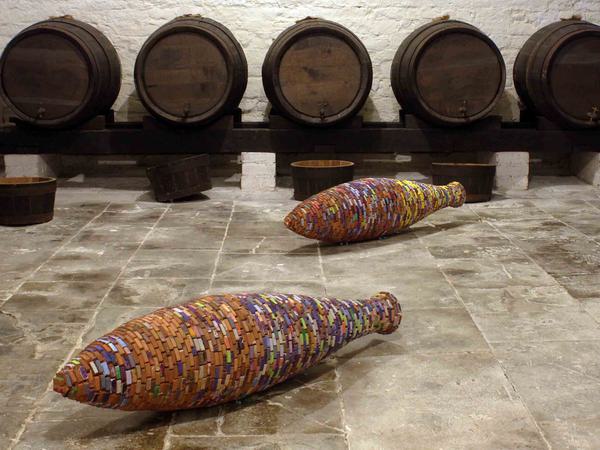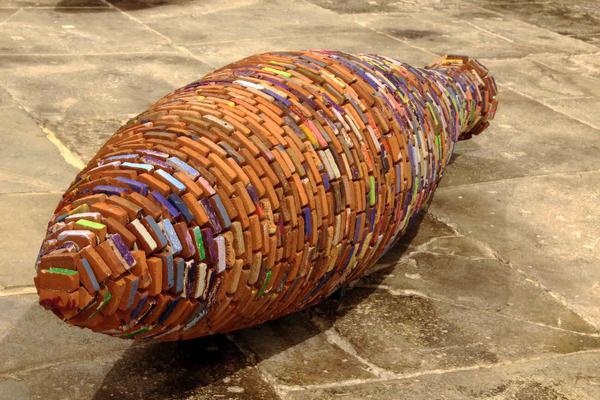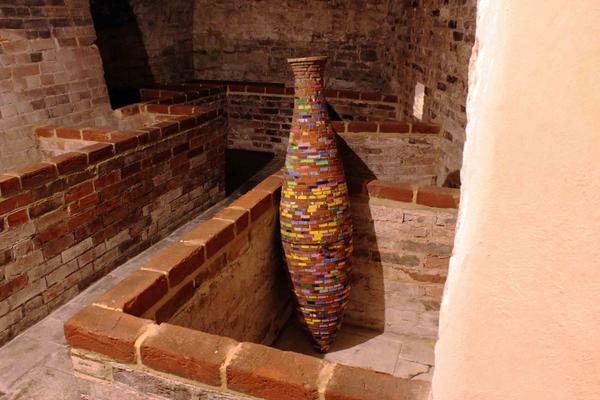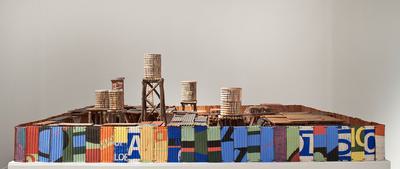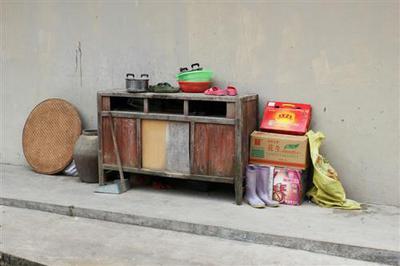Vessels
By
Andrew Burton
2014
Jim Stephenson
Vessels
‘Vessles’, were made for Uppark, a country house on the South Downs. The works were conceived and designed as a series of objects for the Beer Cellar, a kind of subterranean space underneath the main living accommodation. The space has a particular quality that I respond to: muted colours, curves and vaulting, the stone floor and the white-painted bricks. Its enclosed, subterranean atmosphere contrasts with the rest of the house. The space is full of vessels, beer barrels and other containers.
Often, my work responds to the spatial or architectural nature of the space it proposes to inhabit and to the objects that occupy this space. My response is initially visual: what shapes, forms, colours intuitively feel right for a space. My ideas develop as I spend time in a space; looking, drawing and making photographs. This group of elongated vessels felt right.
Although these works were made specially for Uppark, the tiny bricks that I have used to make ‘Vessels’ have been used in many earlier sculptures and have been recycled into the current work.. once exhibited these earlier sculptures were the broken up, the component parts salvaged to form the building blocks for the next work. As the sculptures were often painted or glazed, over time, and with their continual re-use the tiny bricks become accreted with scraps of the paint and cement that glued them together. Their encrusted, palimpsest-like surfaces convey a sense of the way that traces of memory and history can remain visible, overlaying one another in apparently simple forms. The bricks are hand-made in my studio using the same process as is used to make building bricks.
This process seems to have a particular resonance at Uppark where the house itself is a kind of patchwork of the wildly divergent episodes and memories that forms its narrative. Most recently, the house has been reformed after the devastating fire.
The ambiguous form of ‘Vessels’, both bomb-like and vessel and the way that they have been changed across time like struck me as having an oblique association with narrative of H.G. Well’s ‘The Time Machine’ . Well’s mother was housekeeper here and the extraordinary image of her ear trumpet seems both poignant and sad.
Helping Artists Keep Going
Axis is an artist-led charity supporting contemporary visual artists with resources, connection, and visibility.

